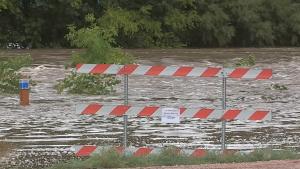Tool
Storm Water Management Model (SWMM)
Urban planners and landscape designers use this downloadable program to simulate the quality and quantity of rainfall over urban and suburban areas. The model can be used for planning, analysis, and design related to stormwater runoff, combined and sanitary sewers, and other drainage systems in urban areas. SWMM can also model the hydrologic performance of specific types of low-impact development (LID) controls such as
- Permeable pavement
- Rain gardens
- Green roofs
- Street planters
- Rain barrels
- Infiltration trenches
- Vegetative swales





